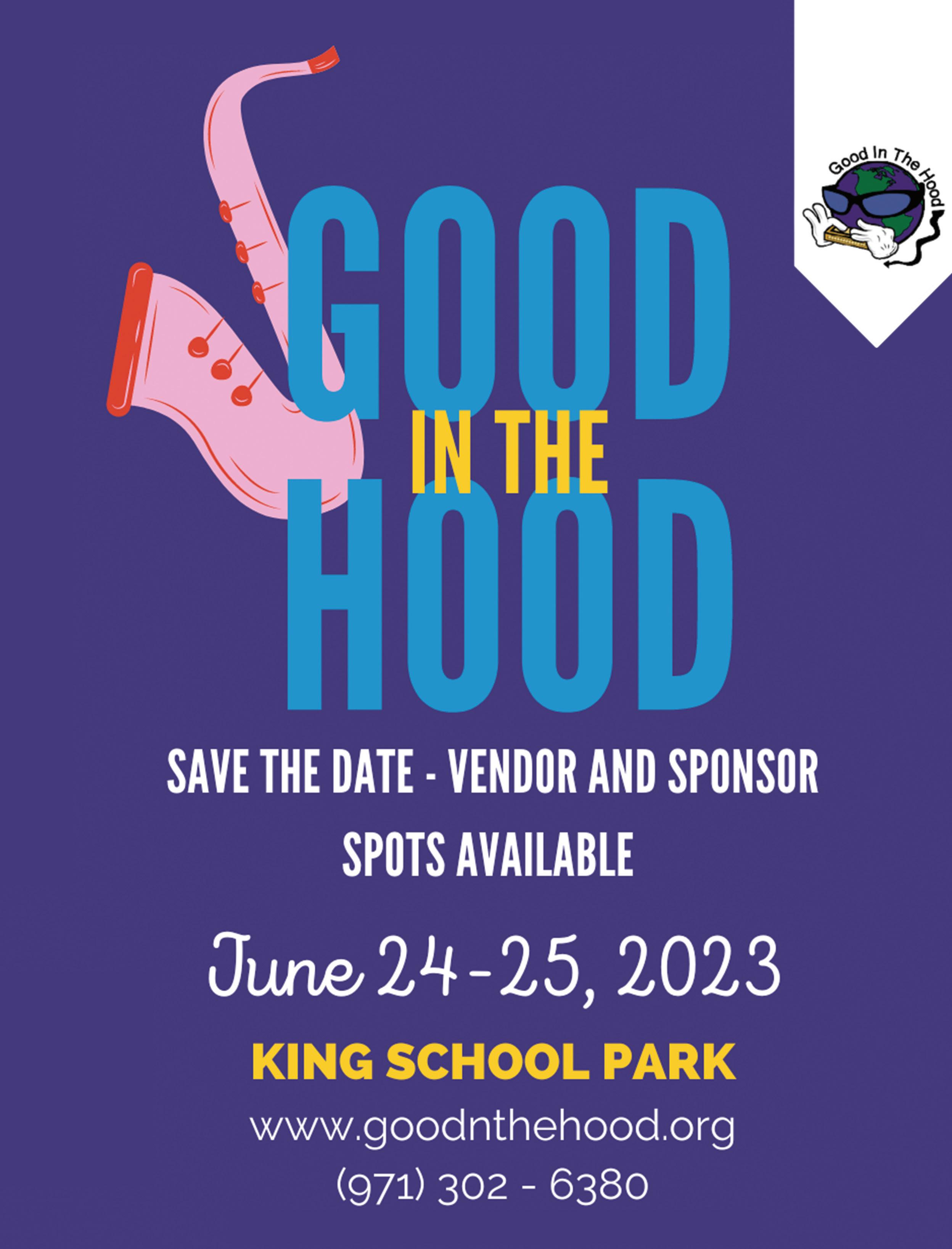
3 minute read
OF CHAMPIONS AND CONTENDERS
The Knott Street Community Center Has Left An Indelible Impression On The Boxing World
BY DANNY BELL ARTWORK JAMAAL HALE
Advertisement
“You are either part of the problem or part of the solution.” -Elderidge
Cleaver, Soul on Ice
In the Halls of Fame illuminated by champions, heroes, and the vanguard, there are legends and then there are lasting legacies. One is contained within the annals of the Knott Street Boxing team, which set the tone for the rest of the state of Oregon as a bastion of great boxers on the West Coast.
A vaunted legacy and tradition of champions and contenders, the Knott Street Community Center was started and directed in the 1950s by a White man, Clyde Quisenberry, who had a deep and abiding empathy for Black and other BIPOC children. Under the tutelage of Charles (Chuck) Amato that incorporated a boxing regime of training pioneered by Quisenberry and Chuck Lincoln, the Community Center became known for developing a technique that combined weight training, leading to a tradition of boxing that has left an indelible impression on the boxing world. However, more importantly, the Center and its programming served as an alternative to a life of crime in the ghetto that was sadly common for so many low income residents at the time. For youthful members of the community of Portland, Oregon, circa 1959, living in a geographical ghetto has had a ripple effect right through to the present day and contributes to the throes of divisive race relations in which we still find ourselves.
Trainers have played a very important role in grooming these young men for acceptable behavior in the broader community outside the confines of their status in our society. Mr. Quandrae Robertson and Stanley Dunn, as well as James Franko (who runs the Rip City Boxing Club program) have contributed to buttressing the community in a positive and constructive manner and have strengthened the fabric of the community at large through their investments of blood sweat and tears made in guiding these young people toward a more socially acceptable way of life. Boxing as a team sport fulfills several important aspects in a young person’s life by giving them a sense of family as an alternative to the sense of family they get as a gang member. Additionally, it gives them a chance to travel and experience different ways of life as well as interact with people from different cultures.
Oregon has produced a long line of well-known boxing personalities and Olympic hopefuls as well as a litany of AAU national Golden Glove champions and professional contenders.
Those of you who are familiar with boxing should know names such as Wade (Papa) Smith and Ray Lampkin (who fought Roberto Duran and is credited with being the first Portland Boxer of color to compete for a world belt), and Halim Rashad and Johnnie Howard, both of whom competed in the 1964 Olympics held in Japan. These guys put the Knott Street Boxing Club on the map, essentially starting a boxing program that would gain worldwide attention among boxing fans.
The tradition of elite athletes which began in the 1980s continues to produce more rising stars in the boxing world, such as Cory Hill in 2007. Curiously enough, the Knott Street Boxing Club, now known as Matt Dishman Community Center Boxing team, has also spun off another elite program, the Rip City Boxing Club, which now competes at an international level and has current AAU Champions led by James Franko, another Knott Street alumni on the team formerly known as Knott Street (now the Matt Dishman Boxing Team). In all fairness, the Knott Street Boxing Club was also not the only boxing program to develop contenders. The Grand Avenue Boxing Club was where a young man named Quandrae Robertson started boxing at the age of 23, going on to fight for the world welterweight belt against Marvin Hagler in Texas in 2006.
When asked what motivated him to do what he does in the Salem community, from running a popular barber shop to working with children and teaching them how to protect themselves, Robertson reflected for a bit and said that while boxing had given him the opportunity to travel and make a little money, it was the people he met who opened doors for him, his barber shop and the boxing program. What boxing did for many youth who otherwise would have followed a different path in life, was to provide a lifeline to mainstream America and being embraced by people across the spectrum of the human experience. At the same time, new doors were being opened for young men and women to choose a different road than many of their peers who ended up in the school to prison pipeline, making them an apt metaphor to Maya Angelou’s poem “I Know Why the Caged Bird Sings”. In a way, these young men became the progeny of Joe Lewis with all the hopes and prayers of the promise of democracy.
Fighting can be a larger metaphor for life in general, especially for people who exist in adverse circumstances. To succeed, one needs a game plan and a support system, one must be tenacious when approaching a challenge or seeking a goal and in order to win, one must train and be disciplined. There was a saying at Knott Street when I trained there as a 9 to 13-year-old kid, ‘Winners never quit, and quitters never win’. Inspiring words to live by.









